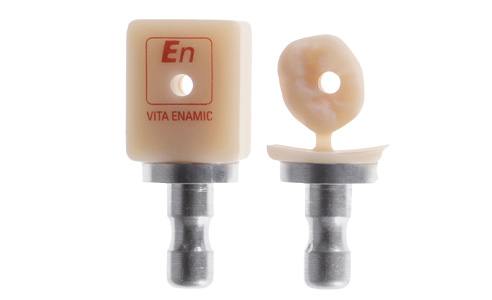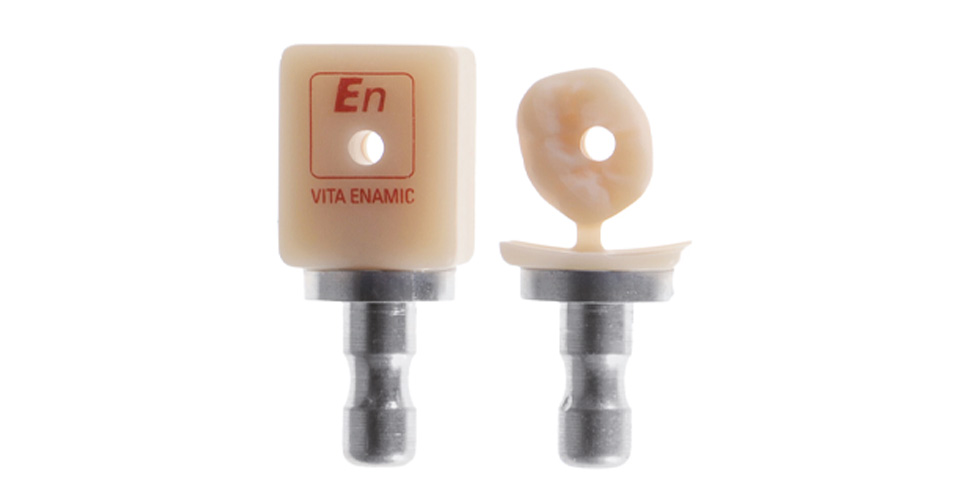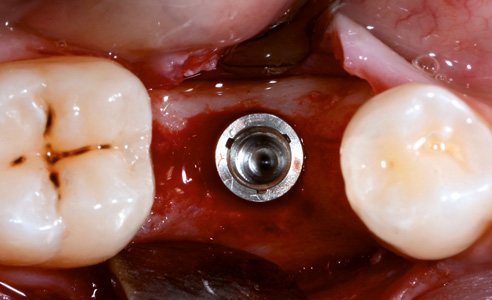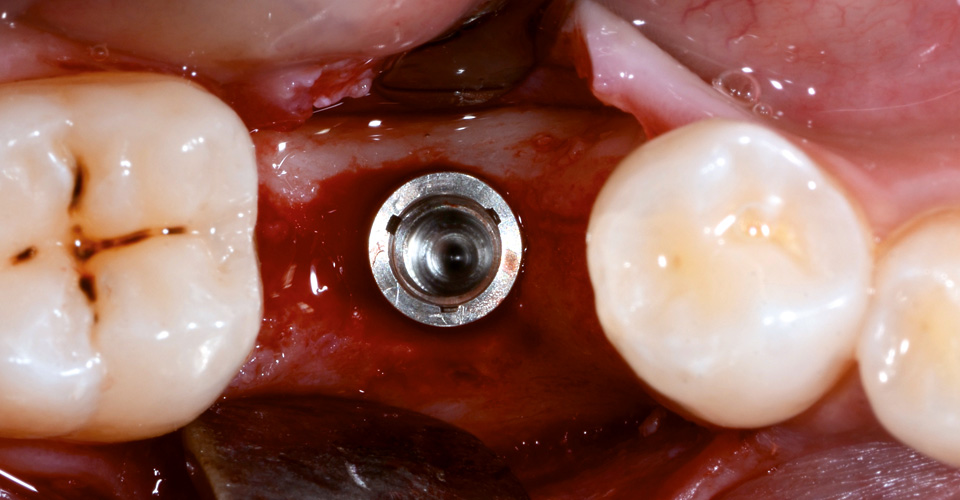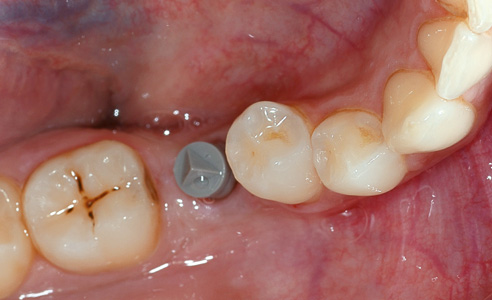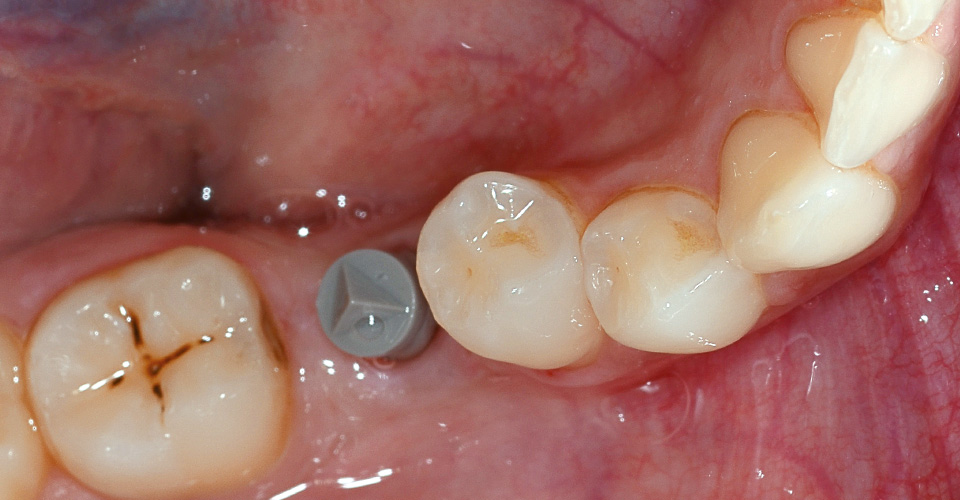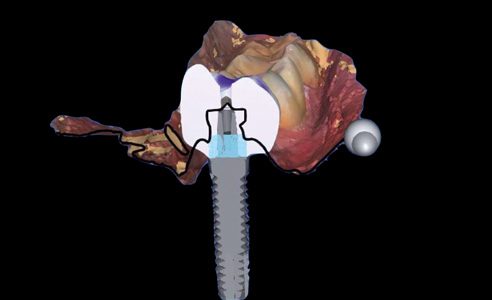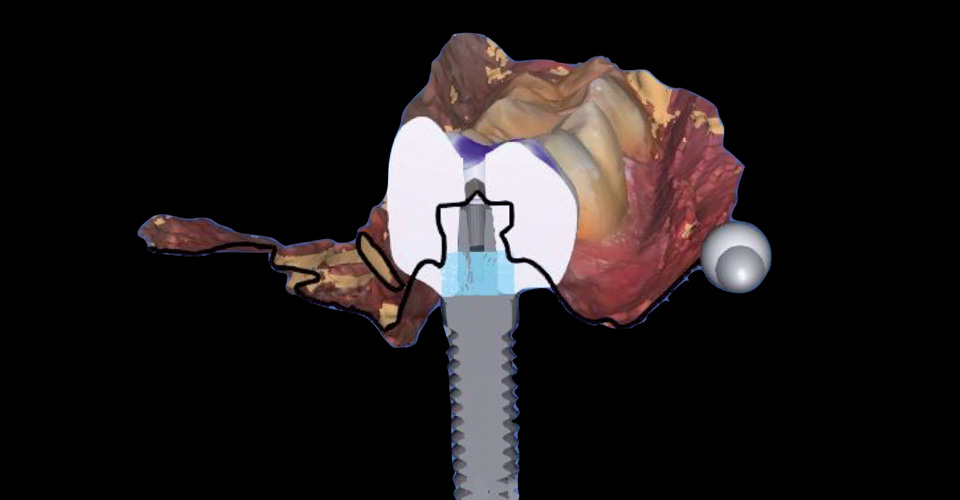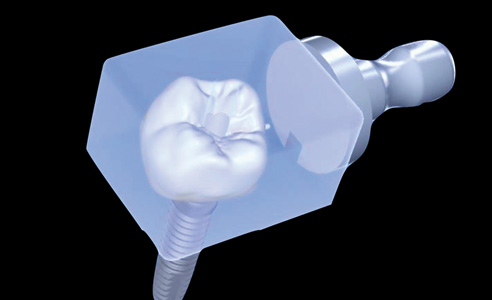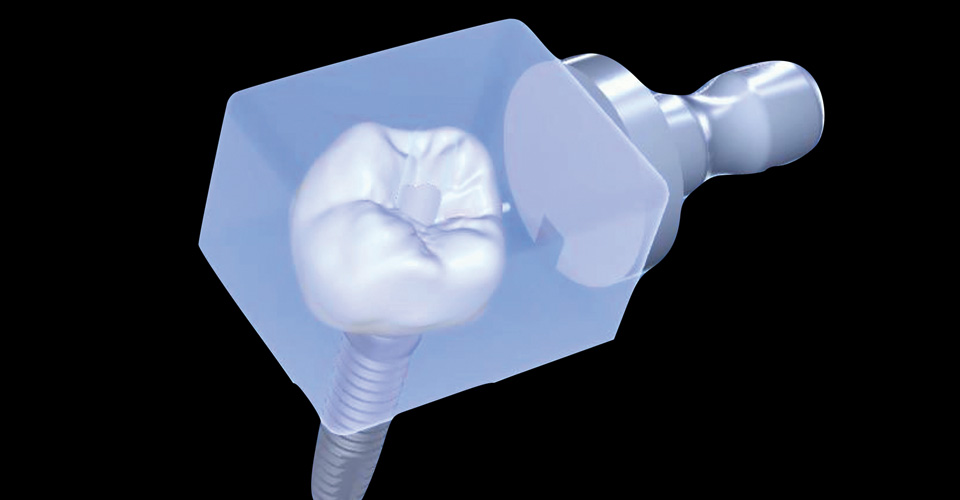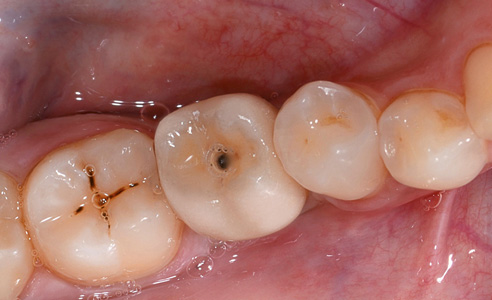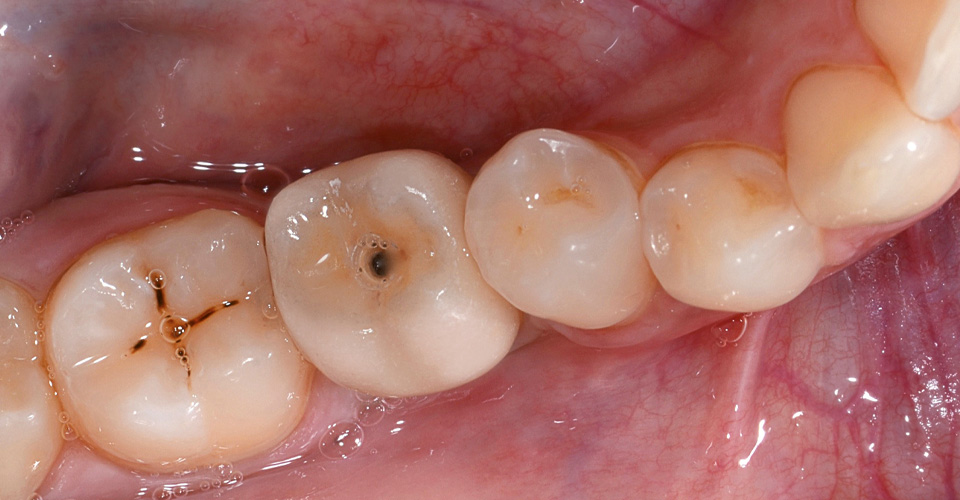In a clinical study, the University of Geneva investigates the performance and durability of screwed implant-supported crowns made of hybrid ceramics (VITA ENAMIC IS, VITA Zahnfabrik, Bad Säckingen, Germany), lithium disilicate (IPS e.max CAD, Ivoclar® Vivadent, Schaan, Liechtenstein), and metal ceramics. In this interview, Prof. Dr. Irena Sailer (Clinic for Prosthetics and Biomaterials, Dental Clinic, University of Geneva, Switzerland) reports on her initial clinical experience with the new VITA IMPLANT SOLUTIONS (IS) blanks.
DV: Are comparatively elastic restorative materials, such as VITA ENAMIC IS, expected to produce clinical advantages in implant-supported restorations?
Prof. Dr. Irena Sailer: Because these materials have some flexibility, a lower chipping rate is expected than with conventional ceramics. In addition, it can be expected that the restorations will feel "softer" to the patients. These people actually report a very pleasant wearing comfort.
DV: In your study, biological parameters such as bleeding indices and plaque deposits, among other things, are determined. What have been the first insights on these parameters with VITA ENAMIC IS?
Prof. Dr. Irena Sailer: It's entirely too early for very concrete statements. Up to now, however, no abnormalities have been observed. How much surface wear and tear there is after a few years of wear, and to what extent the pH value changes, etc., remains to be seen. All of this may change the indices.
DV: The fracture and complication rate is often comparatively high in implant prosthetics. What kind of clinical stability does VITA ENAMIC IS show with regard to recall?
Prof. Dr. Irena Sailer: The earliest we will have any significant results is at the 1-year mark. Up to now, however, we have not observed anything noticeable. No cementing losses have occurred, for example.
DV: What should dentists and dental technicians pay particular attention to when installing and processing VITA ENAMIC IS for the fabrication of implant crowns?
Prof. Dr. Irena Sailer: In general, it is important for this indication to create a correct emergence profile for the CAD (Computer Aided Design). In regard to material, special care must be taken to prepare very carefully for bonding with the titanium adhesive base or the abutment assembly and to follow the manufacturer's instructions precisely.
Report 08/16



